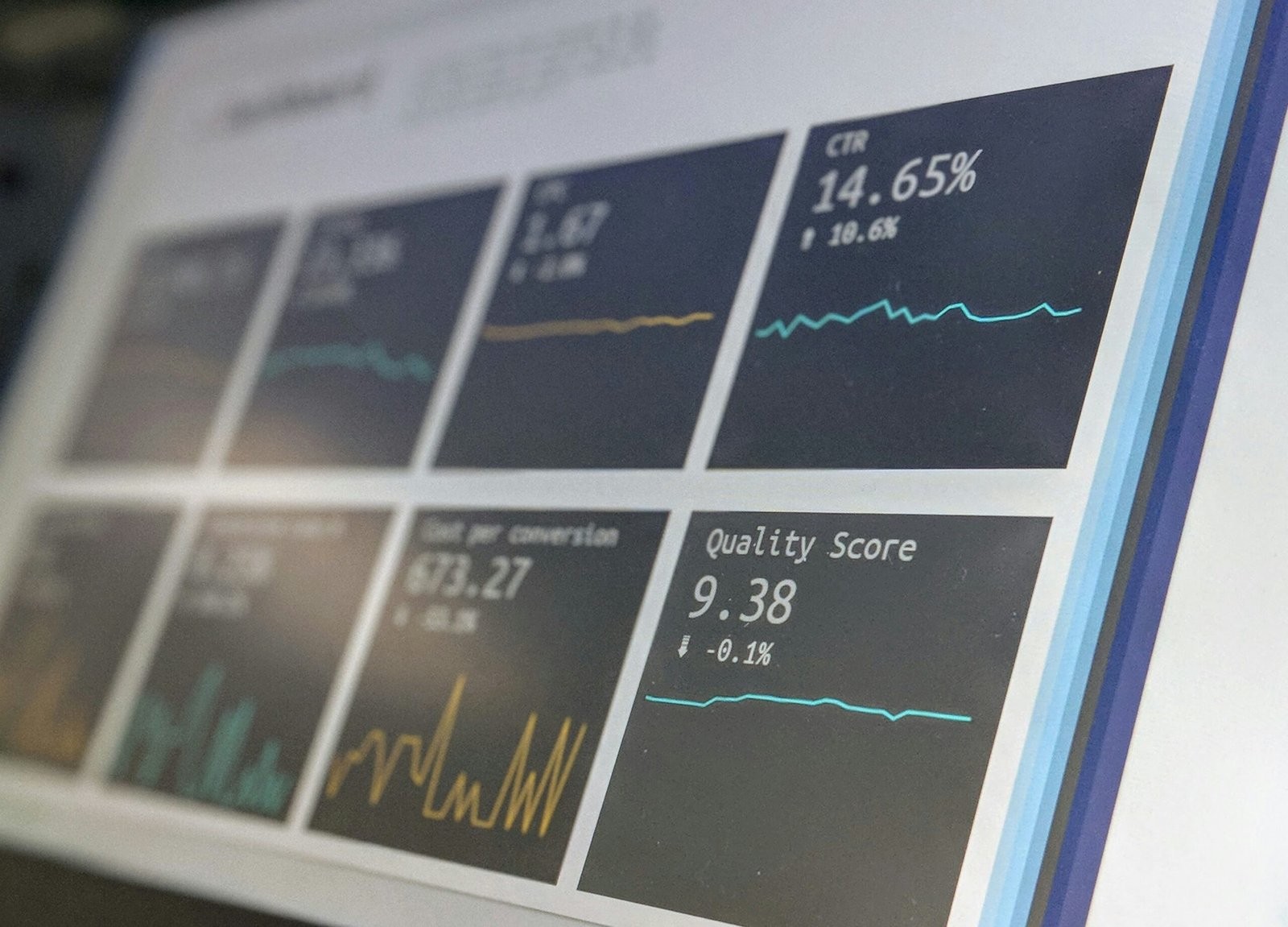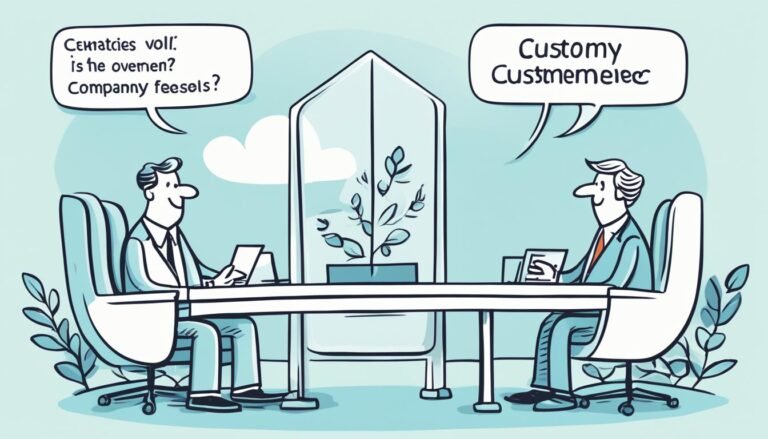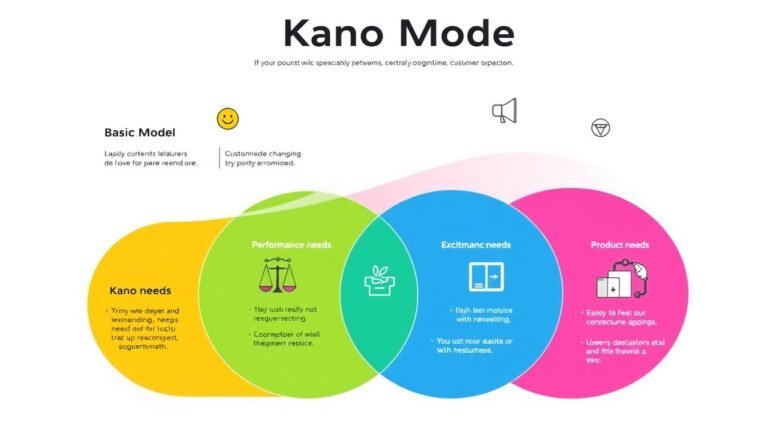The Art of Retention: Leveraging Customer Lifetime Value Analysis for Growth
Understanding Customer Lifetime Value
What is Customer Lifetime Value?
Customer Lifetime Value (CLV) is a fancy way of saying how much money a customer will bring to your business over the time they stick around. It’s like figuring out how much a friend will spend at your lemonade stand over the summer. Knowing this number helps you see if your customers are happy, loyal, and if your brand is doing well. It’s super important because it shows you the long-term money-making potential of your customers, which is key for growing your business (Trainual).
When you get why CLV matters, you can make smarter choices about marketing and keeping customers around. It pushes you to create awesome experiences that make people want to come back and buy more. On average, ecommerce brands see a CLV of about $168, but this can change a lot depending on the industry (BigCommerce).
Why Should You Care About CLV?
Knowing your Customer Lifetime Value can bring a bunch of perks to your business. Here are a few:
| Benefit | What It Means |
|---|---|
| Better Customer Retention | Focus on keeping your best customers happy, and you’ll use your resources more wisely to make their experiences better (Trainual). |
| Higher ROI | CLV helps you see if your marketing dollars are well spent, showing you the bang for your buck (Mosaic). |
| More Profit | Just a 5% boost in customer retention can increase profits by 25% or more, proving that loyalty pays off (Wharton School). |
| Steady Growth | By understanding CLV, you can plan for natural growth and keep the cash flowing (BigCommerce). |
Plus, it’s usually cheaper to keep your current customers than to find new ones. Getting new customers can cost six to seven times more than keeping the ones you have (Qualtrics). This makes investing in customer retention a no-brainer for marketers, business owners, and anyone in charge of marketing.
By digging into customer lifetime value, you can tweak your strategies, build stronger customer relationships, and drive your business forward. If you want to learn more, check out customer segmentation analysis and marketing management analytics.
What Makes CLV Tick?
Getting a handle on what drives customer lifetime value (CLV) is a game-changer for marketers and business owners. Two biggies that really move the needle on CLV are how often customers buy and how much they spend, plus how well you keep them coming back for more.
How Often and How Much
How often folks buy and the average amount they drop each time are key pieces of the CLV puzzle. Boosting these numbers can seriously pump up your CLV.
| Factor | What It Means |
|---|---|
| How Often | How many times a customer buys over a set period. More buys mean more CLV. |
| How Much | The average spend per purchase. Bigger spends mean more money from each customer. |
Making shopping a breeze and nudging customers to buy again can up both how often and how much they buy. Smart marketing moves like special deals and personalized suggestions can help. Dive deeper into this with our customer segmentation analysis to fine-tune your strategy.
Keeping Them Hooked
Keeping customers happy and loyal is a big deal for maxing out CLV. Happy customers stick around and buy more. Plus, they’re more likely to spread the word, bringing in new customers.
| Retention Trick | What It Does |
|---|---|
| Top-Notch Service | Great service makes customers happy and keeps them coming back. |
| Personal Touch | Customizing interactions based on what customers like builds loyalty and stronger bonds. |
| Rewards Programs | Offering perks for repeat business encourages customers to come back and spend more. |
According to BigCommerce, building real connections with customers is key to boosting lifetime value. Focus on your best customers and give them amazing experiences to keep them around. Check out our guide on marketing analytics tools for more ways to up your game.
By nailing these factors, you can seriously boost your customer lifetime value and drive your business forward.
Calculating Customer Lifetime Value
Knowing how to figure out Customer Lifetime Value (CLV) is a game-changer for marketers and business owners. This number helps you see the big picture of what each customer brings to your business over time, guiding your strategies for attracting and keeping customers.
The Basics: Formula and What It Means
Here’s the simple formula to calculate Customer Lifetime Value (LTV):
[
LTV = \frac{(Average Revenue Per User \times Gross Margin)}{Churn Rate}
]
This formula uses three main pieces of info: Average Revenue Per User (ARPU), Gross Margin, and Churn Rate. Let’s break it down with an example. Suppose a service has an ARPU of $120 per month, a Gross Margin of 80%, and a Churn Rate of 5%. Here’s how you’d calculate it:
| Metric | Value |
|---|---|
| Average Revenue Per User (ARPU) | $120/month |
| Gross Margin | 80% (0.80) |
| Churn Rate | 5% (0.05) |
| Customer Lifetime Value (LTV) | $1920 |
So, each customer, on average, brings in $1920 over their lifetime (Mosaic).
Traditionally, CLV is calculated by multiplying the average order value by the expected purchase frequency per year and the number of years a customer sticks around. More detailed methods also factor in the costs of acquiring the customer.
Predictive CLV Models
Predictive CLV models take things up a notch by using past data to predict future customer behavior. These models can include various factors like purchase cycles and customer segments, helping businesses fine-tune their marketing efforts.
One practical twist is to focus on shorter payback periods instead of a long-term “lifetime” measurement. This means figuring out how long it takes for a customer to generate enough profit to cover their acquisition cost (Barilliance).
Breaking down customer lifetime value into shorter periods, like 30, 60, or 90 days, can give eCommerce stores actionable insights. This detailed analysis helps marketers spot trends and tweak strategies as needed (Barilliance).
Using these predictive models, businesses can boost their marketing management analytics and make smarter decisions about how to engage and retain customers.
Boosting Customer Lifetime Value (CLV)
Want to keep your customers coming back for more? Let’s talk about some down-to-earth strategies to ramp up your Customer Lifetime Value (CLV). Two biggies here are knowing your customers inside out and making them feel special.
Know Your Crowd: Customer Segmentation
Think of customer segmentation as sorting your laundry. You wouldn’t wash your whites with your reds, right? Same goes for your customers. By splitting them into groups based on things like age, buying habits, or where they live, you can tailor your marketing to hit the right notes with each group.
| Segmentation Criteria | What It Means |
|---|---|
| Demographics | Age, gender, income, etc. |
| Behavior | What they buy, how often, etc. |
| Geography | Where they live and shop |
| Psychographics | Their lifestyle, values, and interests |
When you get to know your different customer groups, you can spend your marketing dollars wisely, focusing on the folks who are most likely to stick around and spend more. This isn’t just smart—it’s essential for keeping your best customers happy and coming back for more.
Make It Personal: Personalization and Engagement
Everyone loves a personal touch. Remember the last time you got a birthday discount from your favorite store? That’s personalization in action. By tailoring your offers based on what your customers have bought before, you can make them feel like VIPs.
Here’s how to do it:
- Get permission to send them targeted messages.
- Keep them in the loop with post-purchase emails.
- Offer rewards and exclusive deals to encourage repeat business.
When customers feel special, they’re more likely to rave about you to their friends. Happy customers are your best marketers—they’ll keep buying and bring in new business too.
Don’t forget social media. It’s a goldmine for feedback and building a connection with your audience. Respond to their comments and questions to show you care. This kind of engagement can seriously boost customer satisfaction and loyalty.
By focusing on these strategies, you can keep your customers happy and loyal, which means a higher CLV for your business. Want more tips? Check out our resources on marketing management analytics for deeper insights.
Making the Most of Customer Lifetime Value (CLV)
Getting a grip on Customer Lifetime Value (CLV) can really boost your business game. Knowing your CLV helps you make smarter decisions about marketing, product tweaks, and customer service.
Smarter Marketing Moves
CLV is a game-changer for marketing. When you know the long-term value of your customers, you can spend your marketing dollars where they count the most. This means you can figure out which customers are worth the most and aim your marketing efforts right at them.
| Marketing Strategy | CLV Impact |
|---|---|
| Targeted Ads | Better chance of snagging high-value customers |
| Customer Retargeting | Brings back profitable customers, upping sales |
| Personalized Campaigns | Makes customers happier and more loyal, boosting CLV |
Using CLV to guide your ad campaigns can seriously up your return on marketing investment (ROMI). Focus on getting customers who are likely to stick around and spend more, and you’ll see your profits soar. Need some tools to help with this? Check out our article on marketing analytics tools.
Better Products and Customer Service
CLV isn’t just for marketing; it’s also a goldmine for product development and customer service. By digging into CLV data, you can figure out what your customers really want and create products that hit the mark. This not only makes your customers happy but also keeps them coming back for more.
Customer service teams can also use CLV insights to prioritize high-value customers. This means giving them top-notch service to keep them satisfied and engaged. Here are some ways to do that:
- Personalized Communication: Tailor your interactions based on what you know about the customer.
- Proactive Support: Anticipate issues and solve them before they become problems.
- Feedback Systems: Collect customer feedback to improve your products and services.
By weaving CLV into your product development and customer service strategies, you can create a better overall experience for your customers. This leads to more loyalty and a higher CLV. For more tips on customer segmentation, check out our article on customer segmentation analysis.
Understanding and using CLV is key for anyone looking to grow their business sustainably. By fine-tuning your marketing and improving your products and customer service, you can boost customer loyalty and profits. For more insights, take a look at our resources on digital marketing analytics.







